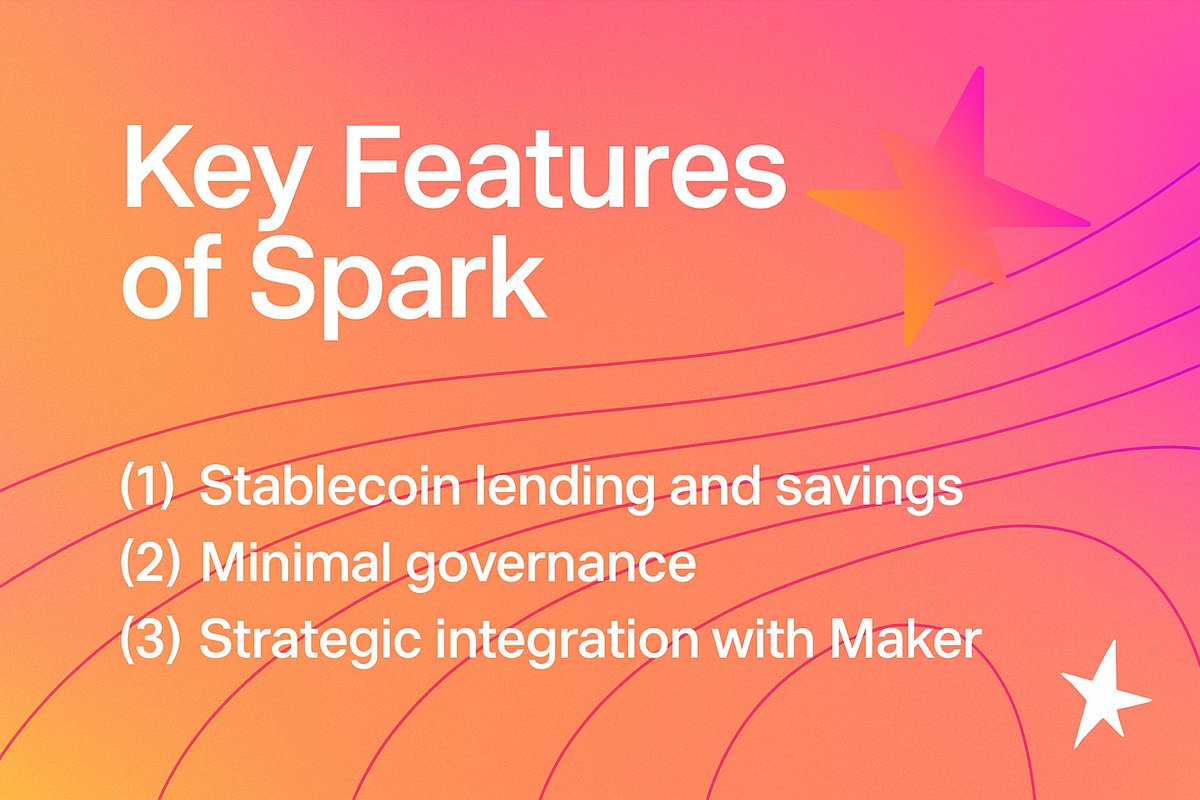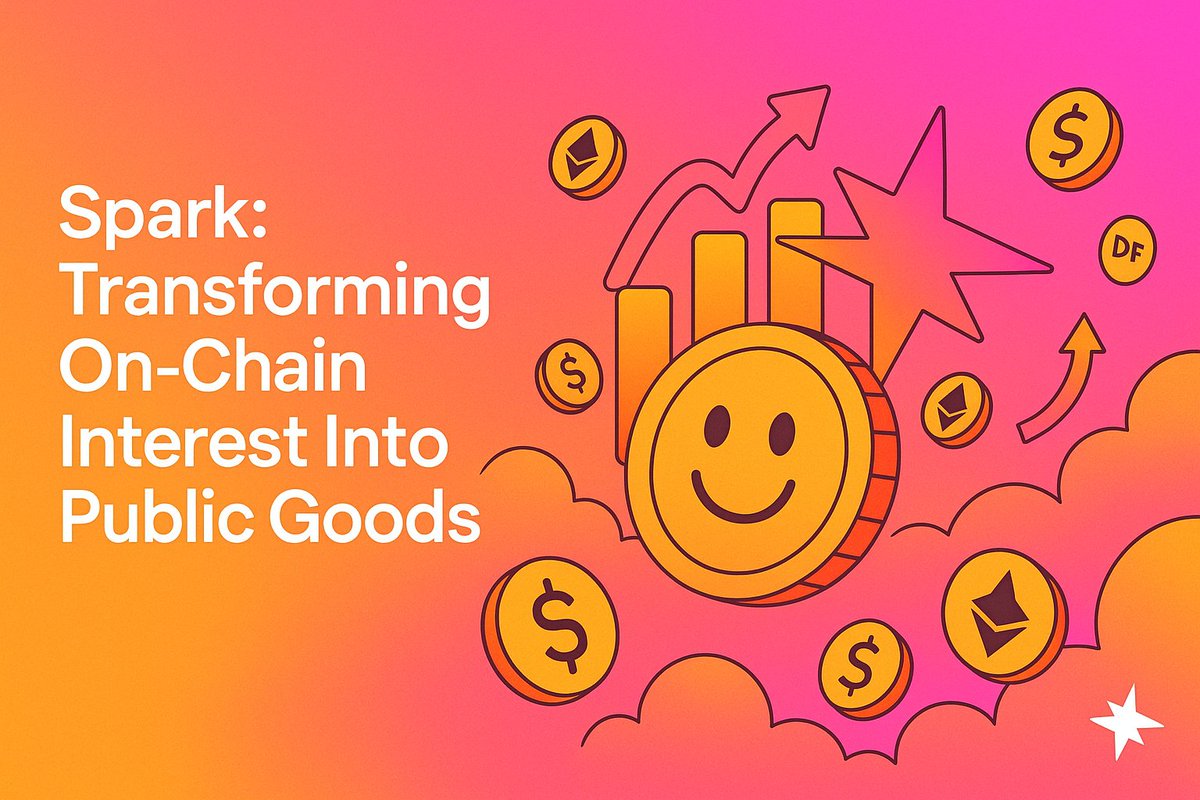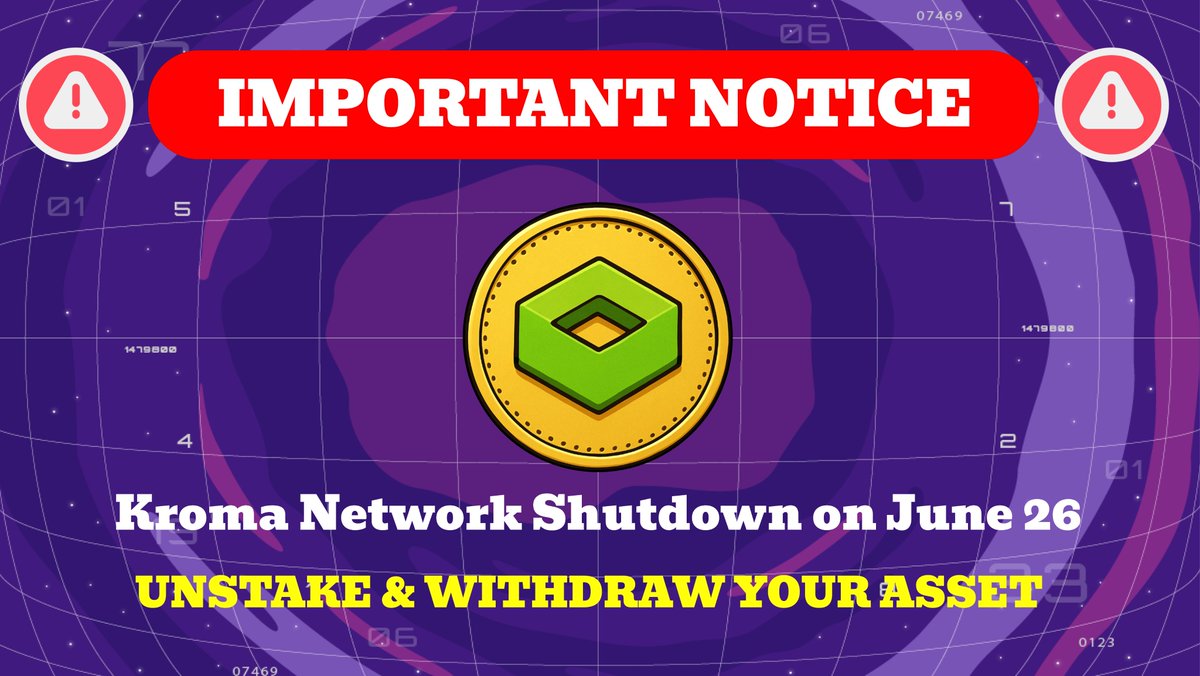
STETH
Lido Staked Ether价格
$2,184.50
-$164.15
(-6.99%)
过去 24 小时的价格变化

免责声明
本页面的社交内容 (包括由 LunarCrush 提供支持的推文和社交统计数据) 均来自第三方,并按“原样”提供,仅供参考。本文内容不代表对任何数字货币或投资的认可或推荐,也未获得欧易授权或撰写,也不代表我们的观点。我们不保证所显示的用户生成内容的准确性或可靠性。本文不应被解释为财务或投资建议。在做出投资决策之前,评估您的投资经验、财务状况、投资目标和风险承受能力并咨询独立财务顾问至关重要。过去的表现并不代表未来的结果。您的投资价值可能会波动,您可能无法收回您投资的金额。您对自己的投资选择自行承担全部责任,我们对因使用本信息而造成的任何损失或损害不承担任何责任。提供外部网站链接是为了用户方便,并不意味着对其内容的认可或控制。
请参阅我们的 使用条款 和 风险警告,了解更多详情。通过使用第三方网站(“第三方网站”),您同意对第三方网站的任何使用均受第三方网站条款的约束和管辖。除非书面明确说明,否则欧易及其关联方(“OKX”)与第三方网站的所有者或运营商没有任何关联。您同意欧易对您使用第三方网站而产生的任何损失、损害和任何其他后果不承担任何责任。请注意,使用第三方网站可能会导致您的资产损失或贬值。本产品可能无法在所有司法管辖区提供或适用。
请参阅我们的 使用条款 和 风险警告,了解更多详情。通过使用第三方网站(“第三方网站”),您同意对第三方网站的任何使用均受第三方网站条款的约束和管辖。除非书面明确说明,否则欧易及其关联方(“OKX”)与第三方网站的所有者或运营商没有任何关联。您同意欧易对您使用第三方网站而产生的任何损失、损害和任何其他后果不承担任何责任。请注意,使用第三方网站可能会导致您的资产损失或贬值。本产品可能无法在所有司法管辖区提供或适用。
Lido Staked Ether 市场信息
市值
市值是通过流通总应量与最新价格相乘进行计算。市值 = 当前流通量 × 最新价
流通总量
目前该代币在市场流通的数量
市值排行
该资产的市值排名
历史最高价
该代币在交易历史中的最高价格
历史最低价
该代币在交易历史中的最低价格
24 小时最高
$2,349.89
24 小时最低
$2,118.48
历史最高价
$4,100.91
-46.74% (-$1,916.41)
最后更新日期:2024年12月17日 (UTC+8)
历史最低价
$1,384.79
+57.74% (+$799.71)
最后更新日期:2025年4月9日 (UTC+8)
您认为 STETH 今天会涨还是会跌?
您可以点赞或点踩来表达对该币种今日涨跌的预测
投票并查看结果
Lido Staked Ether 动态资讯
以下内容源自 。

DaDa | 蓝鸟会🕊️
【Spark 的设计核心,是让“利息”变得原生可组合】
在 Spark 的设计里,借贷只是表象,利息才是核心。Spark 想解决的问题并不是“我能借多少钱”,而是:“如何在链上建立一个可持续、可组合、可调用的利率引擎?”
一、Spark 不是平台,而是一个链上利息系统
Spark 的产品模块看起来简单,实则是三层联动设计:
(1)储蓄模块:用户可以将 USDC 或 DAI 存入储蓄池,获得年化约 4.5% 的利率,利息来自 DSR + 协议调度。
(2)借贷模块:支持抵押 ETH、stETH、cbETH、rETH、wstETH 等蓝筹资产,借出 Spark 自有稳定币 USDS。
(3)流动性层(Spark Liquidity Layer):协议会自动将部分流动性部署至 Aave、Velodrome 等外部协议,提高资金使用率与复合收益。
这三个部分协同运作,形成一个“链上利差银行”的底层系统:资金池能产生息差,Spark 自主调度这部分价值,并通过治理决定分配路径。
二、利息成为可组合模块,是 Spark 的核心创新
在传统 DeFi 协议中,利息是一种被动副产品,是市场供需撮合之后的结果。而在 Spark 中,利息是可被设计、封装、调度、再分发的核心资产:
(1)收益封装:用户获得 sUSDC、sDAI 等收益型资产,不需要额外质押或转换,收益自动累计。
(2)模块可调度:Spark DAO 可以调节利率来源(如 DSR)、调度策略、风险敞口。
(3)系统内复利:用户可通过“借出 USDS → 存入储蓄池”的方式进行资金回流,增强个人收益与系统黏性。
(4)治理绑定:SPK 代币未来可用于参与这些资金路径的治理与收益分成。
换句话说,Spark 把“利息”从 DeFi 的副产品,变成了协议设计的原生单位。
三、小结:Spark 的本质是一套利息编程系统
Spark 想构建的并不是某个链上的“超级借贷平台”,而是:
(1)一个原生利率生成引擎;
(2)一个模块化组合的收益工具集;
(3)一个让利息在链上可流通、可共享、可治理的系统。
它的产品结构不是为了 TVL 冲榜,而是为了构建一种“链上银行型”的长期金融秩序——这才是 Spark 与众不同的地方。
@sparkdotfi @cookiedotfun #Spark #SparkFinance #COOKIE

11.65万
81

DaDa | 蓝鸟会🕊️
【Spark:当链上利息成为公共资产】
在喧嚣的 DeFi 市场中,大多数协议都在争抢 TVL、推高收益、用激进激励吸引用户,而 Spark 正试图做一件冷静、但具有系统性意义的事情:让“利息”成为链上最重要的公共基础设施之一。
一、Spark 是做什么的?
Spark 是一个围绕 DAI 和 USDS 构建的借贷协议,但它的核心不在借贷撮合,而在于如何组织链上的资金流:
(1)你可以把 DAI 或 USDC 存进去,获得长期、稳定、接近 4.5% 的年化收益;
(2)你可以用 ETH、stETH、rETH 等资产做抵押,借出 USDS;
(3)系统还会把部分资金流派往 Aave 等协议,形成收益闭环。
Spark 构建的是一个**“链上利差银行”系统**——不是服务个体,而是试图服务整个稳定币生态。
二、Spark 的特别之处?
与其说它是另一个 Aave,不如说它是 MakerDAO 的延伸网络。Spark 本身由 Sky Protocol 管理,使用 Maker 的 DSR 利率、治理框架、Oracle 模块,甚至清算机制。你可以将其视为:
Maker 是中央银行,Spark 是商业银行。
Spark 是稳定币 DAI 的主要分销与收益落地工具。
三、为什么值得关注?
因为 Spark 不是“要不要涨”的问题,而是“是否长期存在”的问题。
(1)它不是靠 Meme 起飞的,而是靠真实利差驱动;
(2)它的收益不是靠做市刷出来的,而是靠真实借贷和协议间协作获得;
(3)它的设计不是为了炒作,而是为了成为 DAI 长期利率锚的核心流通平台。
四、小结
如果你在寻找那种“今天进去,明天翻倍”的项目,Spark 显然不适合你。但如果你在思考:
未来的链上利息市场,是否可以像美债利率一样,被整个 Web3 所依赖?
那你大概率会在 Spark 的模型里,找到一些值得长期观察和研究的结构性设计。
@sparkdotfi @cookiedotfun #Spark #sparkdotfi #SparkFinance #Cookie

14.73万
22
USD 兑换 STETH


Lido Staked Ether 价格表现 (美元)
Lido Staked Ether 当前价格为 $2,184.50。Lido Staked Ether 的价格在过去 24 小时内下跌了 -6.99%。目前,Lido Staked Ether 市值排名为第 0 名,实时市值为 $200.16亿,流通供应量为 9,154,523 STETH,最大供应量为 9,154,608 STETH。我们会实时更新 Lido Staked Ether/USD 的价格。
今日
-$164.15
-6.99%
7 天
-$320.50
-12.80%
30 天
-$353.40
-13.93%
3 个月
+$107.47
+5.17%
关于 Lido Staked Ether (STETH)
此评级是欧易从不同来源收集的汇总评级,仅供一般参考。欧易不保证评级的质量或准确性。欧易无意提供 (i) 投资建议或推荐;(ii) 购买、出售或持有数字资产的要约或招揽;(iii) 财务、会计、法律或税务建议。包括稳定币和 NFT 的数字资产容易受到市场波动的影响,风险较高,波动较大,可能会贬值甚至变得一文不值。数字资产的价格和性能不受保证,且可能会发生变化,恕不另行通知。您的数字资产不受潜在损失保险的保障。 历史回报并不代表未来回报。欧易不保证任何回报、本金或利息的偿还。欧易不提供投资或资产建议。您应该根据自身的财务状况仔细考虑交易或持有数字资产是否适合您。具体情况请咨询您的专业法务、税务或投资人士。
展开更多
- 官网
- 白皮书
- Github
- 区块浏览器
关于第三方网站
关于第三方网站
通过使用第三方网站(“第三方网站”),您同意对第三方网站的任何使用均受第三方网站条款的约束和管辖。除非书面明确说明,否则 OKX 及其关联方(“OKX”)与第三方网站的所有者或运营商没有任何关联。您同意 OKX 对您使用第三方网站而产生的任何损失、损害和任何其他后果不承担任何责任。请注意,使用第三方网站可能会导致您的资产损失或贬值。
Lido Staked Ether 常见问题
Lido Staked Ether 今天值多少钱?
目前,一个 Lido Staked Ether 价值是 $2,184.50。如果您想要了解 Lido Staked Ether 价格走势与行情洞察,那么这里就是您的最佳选择。在欧易探索最新的 Lido Staked Ether 图表,进行专业交易。
数字货币是什么?
数字货币,例如 Lido Staked Ether 是在称为区块链的公共分类账上运行的数字资产。了解有关欧易上提供的数字货币和代币及其不同属性的更多信息,其中包括实时价格和实时图表。
数字货币是什么时候开始的?
由于 2008 年金融危机,人们对去中心化金融的兴趣激增。比特币作为去中心化网络上的安全数字资产提供了一种新颖的解决方案。从那时起,许多其他代币 (例如 Lido Staked Ether) 也诞生了。
Lido Staked Ether 的价格今天会涨吗?
查看 Lido Staked Ether 价格预测页面,预测未来价格,帮助您设定价格目标。
ESG 披露
ESG (环境、社会和治理) 法规针对数字资产,旨在应对其环境影响 (如高能耗挖矿)、提升透明度,并确保合规的治理实践。使数字代币行业与更广泛的可持续发展和社会目标保持一致。这些法规鼓励遵循相关标准,以降低风险并提高数字资产的可信度。
资产详情
名称
OKcoin Europe LTD
相关法人机构识别编码
54930069NLWEIGLHXU42
代币名称
lido_staked_eth
共识机制
lido_staked_eth is present on the following networks: Ethereum, Solana, Terra 2.0.
The crypto-asset's Proof-of-Stake (PoS) consensus mechanism, introduced with The Merge in 2022, replaces mining with validator staking. Validators must stake at least 32 ETH every block a validator is randomly chosen to propose the next block. Once proposed the other validators verify the blocks integrity. The network operates on a slot and epoch system, where a new block is proposed every 12 seconds, and finalization occurs after two epochs (~12.8 minutes) using Casper-FFG. The Beacon Chain coordinates validators, while the fork-choice rule (LMD-GHOST) ensures the chain follows the heaviest accumulated validator votes. Validators earn rewards for proposing and verifying blocks, but face slashing for malicious behavior or inactivity. PoS aims to improve energy efficiency, security, and scalability, with future upgrades like Proto-Danksharding enhancing transaction efficiency.
Solana uses a unique combination of Proof of History (PoH) and Proof of Stake (PoS) to achieve high throughput, low latency, and robust security. Here’s a detailed explanation of how these mechanisms work: Core Concepts 1. Proof of History (PoH): Time-Stamped Transactions: PoH is a cryptographic technique that timestamps transactions, creating a historical record that proves that an event has occurred at a specific moment in time. Verifiable Delay Function: PoH uses a Verifiable Delay Function (VDF) to generate a unique hash that includes the transaction and the time it was processed. This sequence of hashes provides a verifiable order of events, enabling the network to efficiently agree on the sequence of transactions. 2. Proof of Stake (PoS): Validator Selection: Validators are chosen to produce new blocks based on the number of SOL tokens they have staked. The more tokens staked, the higher the chance of being selected to validate transactions and produce new blocks. Delegation: Token holders can delegate their SOL tokens to validators, earning rewards proportional to their stake while enhancing the network's security. Consensus Process 1. Transaction Validation: Transactions are broadcast to the network and collected by validators. Each transaction is validated to ensure it meets the network’s criteria, such as having correct signatures and sufficient funds. 2. PoH Sequence Generation: A validator generates a sequence of hashes using PoH, each containing a timestamp and the previous hash. This process creates a historical record of transactions, establishing a cryptographic clock for the network. 3. Block Production: The network uses PoS to select a leader validator based on their stake. The leader is responsible for bundling the validated transactions into a block. The leader validator uses the PoH sequence to order transactions within the block, ensuring that all transactions are processed in the correct order. 4. Consensus and Finalization: Other validators verify the block produced by the leader validator. They check the correctness of the PoH sequence and validate the transactions within the block. Once the block is verified, it is added to the blockchain. Validators sign off on the block, and it is considered finalized. Security and Economic Incentives 1. Incentives for Validators: Block Rewards: Validators earn rewards for producing and validating blocks. These rewards are distributed in SOL tokens and are proportional to the validator’s stake and performance. Transaction Fees: Validators also earn transaction fees from the transactions included in the blocks they produce. These fees provide an additional incentive for validators to process transactions efficiently. 2. Security: Staking: Validators must stake SOL tokens to participate in the consensus process. This staking acts as collateral, incentivizing validators to act honestly. If a validator behaves maliciously or fails to perform, they risk losing their staked tokens. Delegated Staking: Token holders can delegate their SOL tokens to validators, enhancing network security and decentralization. Delegators share in the rewards and are incentivized to choose reliable validators. 3. Economic Penalties: Slashing: Validators can be penalized for malicious behavior, such as double-signing or producing invalid blocks. This penalty, known as slashing, results in the loss of a portion of the staked tokens, discouraging dishonest actions.
Terra 2.0 is a Layer 1 blockchain developed with the Cosmos SDK and utilizes the Tendermint BFT (Byzantine Fault Tolerance) consensus protocol. This architecture allows Terra 2.0 to act as a standalone blockchain within the Cosmos ecosystem and benefit from Inter-Blockchain Communication (IBC) to enable seamless interactions with other blockchains. The Tendermint BFT consensus protocol implemented in Terra 2.0 combines a classic Byzantine fault tolerance approach with a Delegated Proof-of-Stake (DPoS) system. Validators are selected by staking LUNA tokens and are responsible for validating transactions and creating new blocks.
奖励机制与相应费用
lido_staked_eth is present on the following networks: Ethereum, Solana, Terra 2.0.
The crypto-asset's PoS system secures transactions through validator incentives and economic penalties. Validators stake at least 32 ETH and earn rewards for proposing blocks, attesting to valid ones, and participating in sync committees. Rewards are paid in newly issued ETH and transaction fees. Under EIP-1559, transaction fees consist of a base fee, which is burned to reduce supply, and an optional priority fee (tip) paid to validators. Validators face slashing if they act maliciously and incur penalties for inactivity. This system aims to increase security by aligning incentives while making the crypto-asset's fee structure more predictable and deflationary during high network activity.
Solana uses a combination of Proof of History (PoH) and Proof of Stake (PoS) to secure its network and validate transactions. Here’s a detailed explanation of the incentive mechanisms and applicable fees: Incentive Mechanisms 4. Validators: Staking Rewards: Validators are chosen based on the number of SOL tokens they have staked. They earn rewards for producing and validating blocks, which are distributed in SOL. The more tokens staked, the higher the chances of being selected to validate transactions and produce new blocks. Transaction Fees: Validators earn a portion of the transaction fees paid by users for the transactions they include in the blocks. This provides an additional financial incentive for validators to process transactions efficiently and maintain the network's integrity. 5. Delegators: Delegated Staking: Token holders who do not wish to run a validator node can delegate their SOL tokens to a validator. In return, delegators share in the rewards earned by the validators. This encourages widespread participation in securing the network and ensures decentralization. 6. Economic Security: Slashing: Validators can be penalized for malicious behavior, such as producing invalid blocks or being frequently offline. This penalty, known as slashing, involves the loss of a portion of their staked tokens. Slashing deters dishonest actions and ensures that validators act in the best interest of the network. Opportunity Cost: By staking SOL tokens, validators and delegators lock up their tokens, which could otherwise be used or sold. This opportunity cost incentivizes participants to act honestly to earn rewards and avoid penalties. Fees Applicable on the Solana Blockchain 7. Transaction Fees: Low and Predictable Fees: Solana is designed to handle a high throughput of transactions, which helps keep fees low and predictable. The average transaction fee on Solana is significantly lower compared to other blockchains like Ethereum. Fee Structure: Fees are paid in SOL and are used to compensate validators for the resources they expend to process transactions. This includes computational power and network bandwidth. 8. Rent Fees: State Storage: Solana charges rent fees for storing data on the blockchain. These fees are designed to discourage inefficient use of state storage and encourage developers to clean up unused state. Rent fees help maintain the efficiency and performance of the network. 9. Smart Contract Fees: Execution Costs: Similar to transaction fees, fees for deploying and interacting with smart contracts on Solana are based on the computational resources required. This ensures that users are charged proportionally for the resources they consume.
Terra 2.0, validators are incentivized through staking rewards, which are distributed to maintain the network's security and functionality. These rewards are derived from a combination of transaction fees (referred to as gas fees), seigniorage (if applicable), and other network-specific revenue sources. Validators share these rewards with delegators, who stake their LUNA tokens by delegating them to validators. Transaction fees in Terra 2.0 are paid in LUNA, the network's native token. These fees are calculated based on the computational resources required to process transactions, such as smart contract execution or token transfers. The fee structure follows a 'base fee plus priority fee' model, where users can pay an additional fee to prioritize their transactions during periods of high network congestion. Fees serve two purposes: they prevent spam attacks by adding a cost to every transaction and provide financial rewards to validators for processing transactions.
信息披露时间段的开始日期
2024-06-14
信息披露时间段的结束日期
2025-06-14
能源报告
能源消耗
8352.01017 (kWh/a)
能源消耗来源与评估体系
The energy consumption of this asset is aggregated across multiple components:
To determine the energy consumption of a token, the energy consumption of the network(s) ethereum, solana, terra_2.0 is calculated first. For the energy consumption of the token, a fraction of the energy consumption of the network is attributed to the token, which is determined based on the activity of the crypto-asset within the network. When calculating the energy consumption, the Functionally Fungible Group Digital Token Identifier (FFG DTI) is used - if available - to determine all implementations of the asset in scope. The mappings are updated regularly, based on data of the Digital Token Identifier Foundation.
USD 兑换 STETH




















